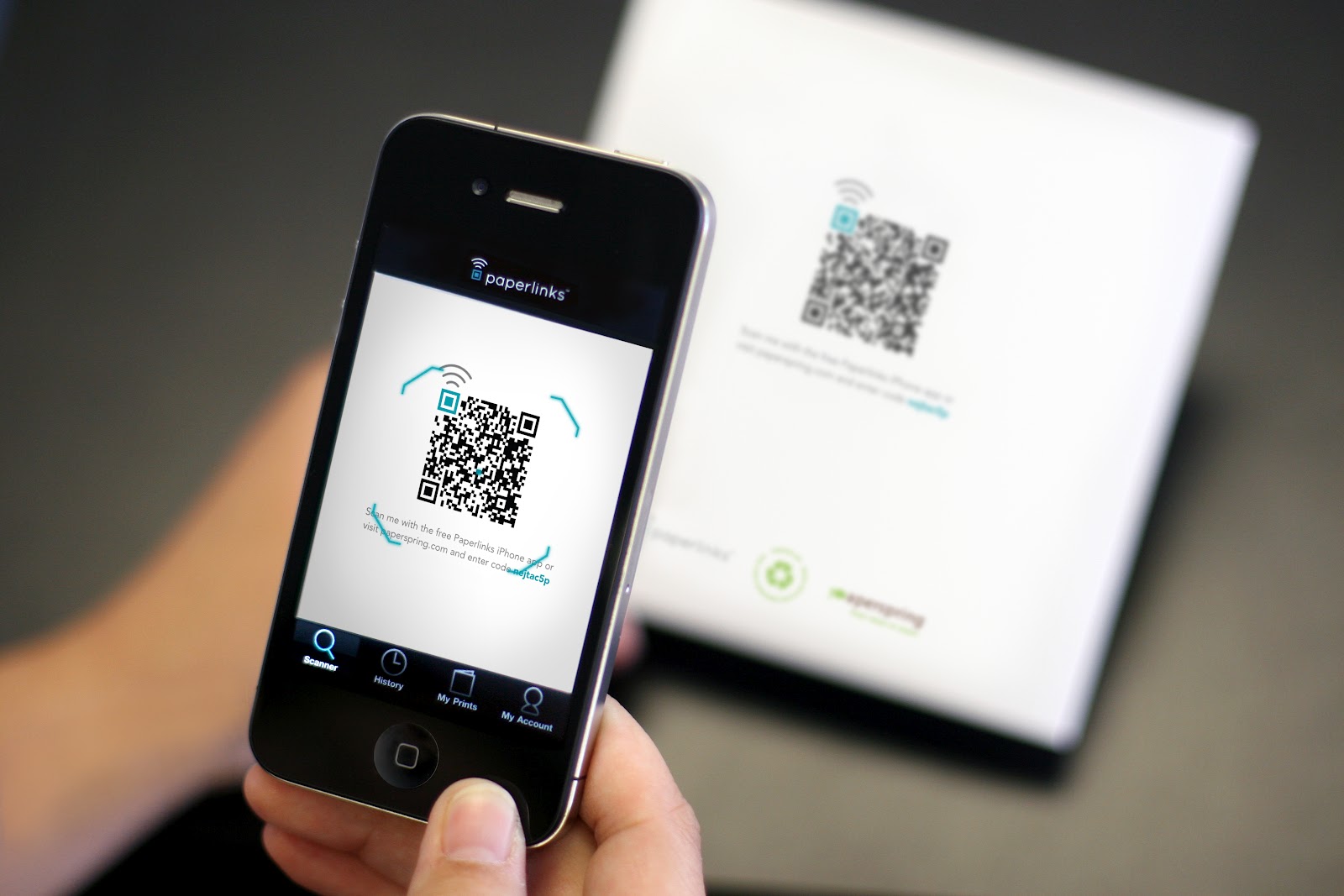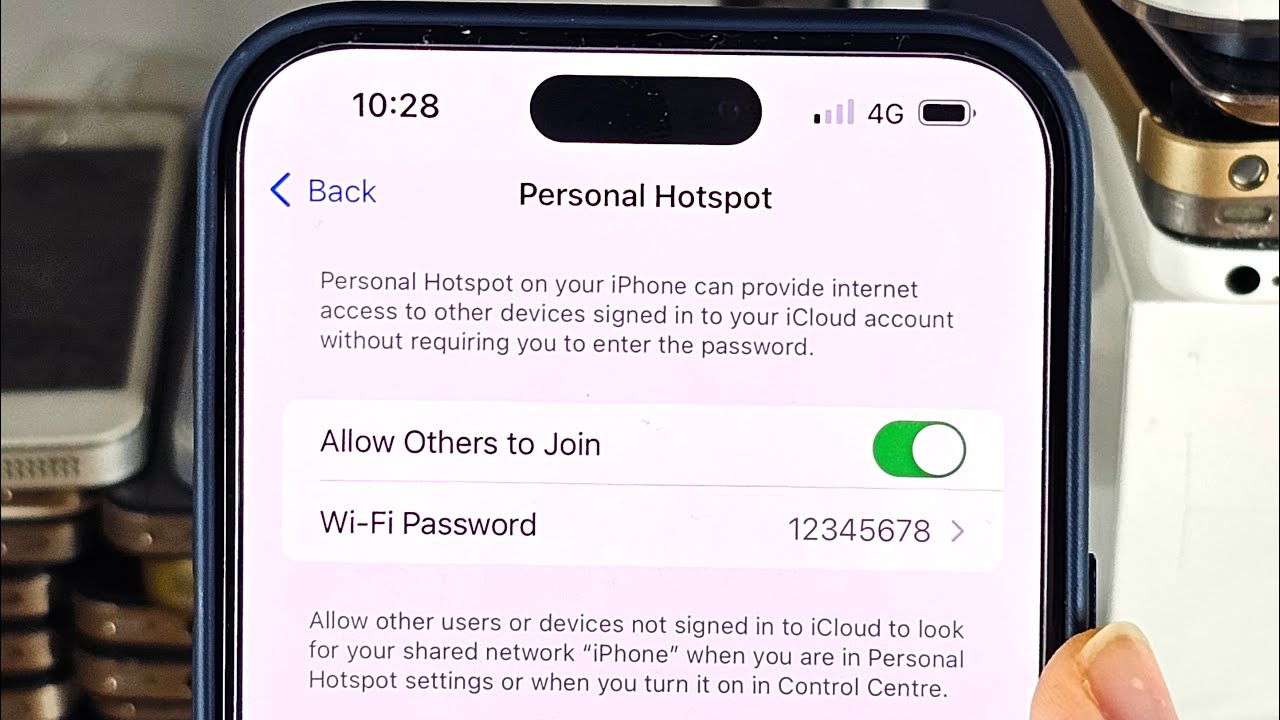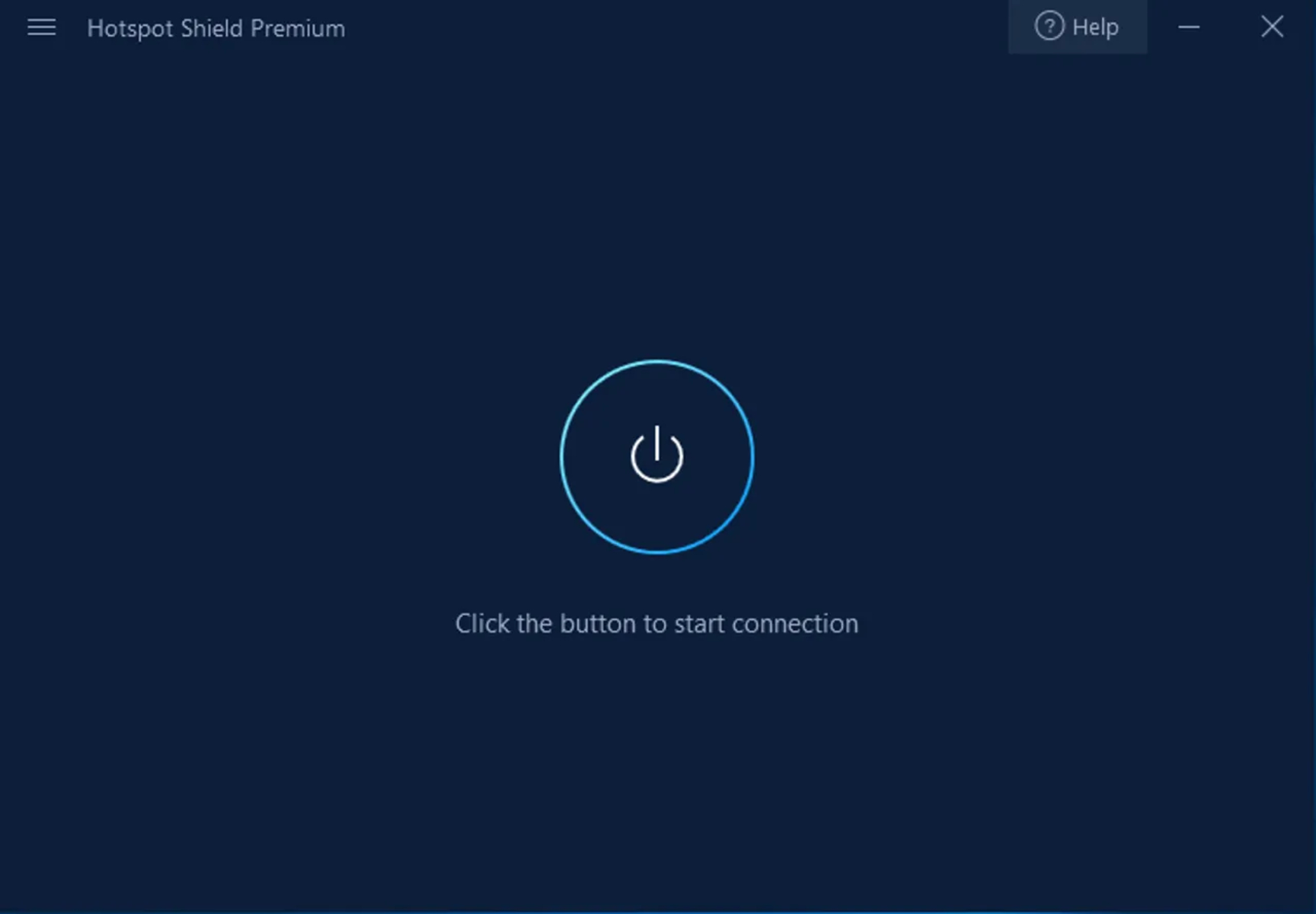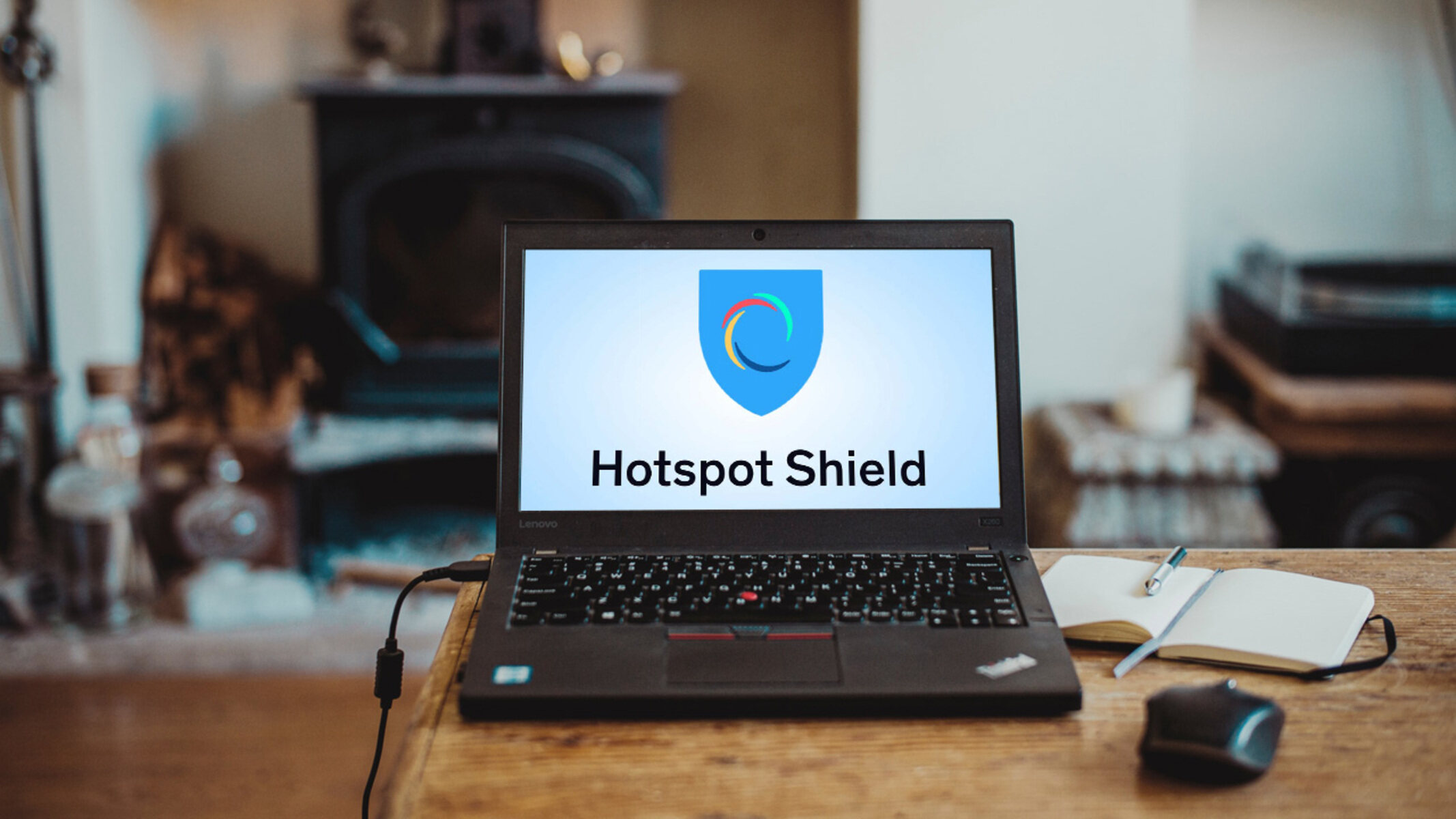Introduction
Auto Hotspot is a remarkable feature that simplifies the process of sharing your device's internet connection with other devices. Whether you're on the go or simply need to create a Wi-Fi hotspot for multiple users, Auto Hotspot offers a convenient and efficient solution. This feature is particularly beneficial for individuals who frequently travel or find themselves in locations with limited or no internet access.
Auto Hotspot eliminates the need for manual configuration by automatically activating a Wi-Fi hotspot when other devices are in need of an internet connection. This seamless functionality ensures that you can effortlessly share your internet connection without the hassle of navigating through complex settings each time.
By understanding the intricacies of setting up, configuring, and troubleshooting Auto Hotspot, you can harness its full potential and enjoy uninterrupted internet connectivity on your various devices. Whether you're an avid traveler, a remote worker, or simply someone who values the convenience of a reliable internet connection, Auto Hotspot can become an indispensable tool in your digital arsenal.
In the following sections, we will delve into the process of setting up Auto Hotspot, configuring its settings to suit your preferences, utilizing its features to share your internet connection, and addressing potential troubleshooting issues. By the end of this comprehensive guide, you will be well-equipped to leverage the capabilities of Auto Hotspot and ensure a seamless internet-sharing experience across your devices.
Setting Up Auto Hotspot
Setting up Auto Hotspot is a straightforward process that enables you to effortlessly share your device's internet connection with other devices. This feature is particularly useful in scenarios where multiple devices need access to the internet, such as during travel or in locations with limited connectivity options. To initiate the setup of Auto Hotspot, follow the steps outlined below:
-
Accessing the Settings: Begin by accessing the settings menu on your device. Depending on the operating system, this may involve navigating to the network or connectivity settings.
-
Locating Auto Hotspot: Once in the settings menu, locate the Auto Hotspot feature. It may be listed under the Wi-Fi or hotspot settings section, depending on the device and operating system.
-
Enabling Auto Hotspot: Toggle the Auto Hotspot feature to enable it. This action activates the functionality, allowing your device to automatically create a Wi-Fi hotspot when other devices are in need of an internet connection.
-
Customizing Settings (Optional): Depending on your preferences and requirements, you may have the option to customize certain settings, such as the hotspot name (SSID) and password. This allows you to personalize the hotspot and enhance its security.
-
Confirming Activation: Once the Auto Hotspot feature is enabled and any desired customizations have been made, confirm the activation. Your device is now ready to automatically share its internet connection with other devices in its vicinity.
By following these steps, you can seamlessly set up Auto Hotspot and ensure that sharing your device's internet connection becomes a hassle-free and automated process. This feature empowers you to provide internet access to multiple devices without the need for manual intervention each time.
In the subsequent sections, we will explore the process of configuring Auto Hotspot to suit your specific preferences and utilizing its features to share your internet connection effectively. Understanding these aspects will enable you to leverage the full potential of Auto Hotspot and streamline the sharing of your device's internet connection.
Configuring Auto Hotspot
Configuring Auto Hotspot allows you to tailor its settings to align with your specific preferences and security requirements. By customizing these settings, you can ensure that the shared Wi-Fi hotspot operates seamlessly and securely. The configuration process involves adjusting various parameters to optimize the functionality of Auto Hotspot. Below are the key aspects to consider when configuring Auto Hotspot:
Customizing Hotspot Name (SSID)
One of the primary customization options is setting the Hotspot Name, also known as the Service Set Identifier (SSID). This name identifies your Wi-Fi network and is visible to other devices in the vicinity. By personalizing the SSID, you can make it easily recognizable and distinguishable, especially in crowded Wi-Fi environments. It's advisable to choose a unique and meaningful name for your hotspot to avoid confusion and enhance user experience.
Enhancing Security with Password Protection
Configuring a strong password for your Auto Hotspot is crucial to safeguarding the shared internet connection. A robust password adds a layer of security, preventing unauthorized access to the hotspot. When setting the password, opt for a combination of alphanumeric characters and special symbols to create a resilient barrier against potential intrusions. This proactive approach to security ensures that only authorized users can connect to the hotspot, safeguarding your internet connection from unauthorized usage.
Managing Device Connection Limits
Some Auto Hotspot configurations allow you to manage the maximum number of devices that can connect to the shared Wi-Fi hotspot simultaneously. By setting connection limits, you can regulate the usage and bandwidth allocation, ensuring a balanced and efficient distribution of the internet connection among connected devices. This feature is particularly beneficial in scenarios where you want to control the number of users accessing the hotspot, optimizing the overall network performance.
Fine-Tuning Advanced Settings (Optional)
For advanced users, certain configurations may offer additional settings for fine-tuning the Auto Hotspot functionality. These settings could include options to adjust the transmission power, channel selection, and other technical parameters that influence the performance and coverage of the Wi-Fi hotspot. While these settings may not be necessary for all users, they provide an opportunity to optimize the Wi-Fi network based on specific environmental factors and usage requirements.
By taking these configuration aspects into account, you can tailor Auto Hotspot to meet your individual needs, ensuring a personalized and secure internet-sharing experience. The ability to customize these settings empowers you to optimize the functionality of Auto Hotspot and create a reliable and secure Wi-Fi hotspot for seamless internet connectivity.
In the following section, we will delve into the practical aspects of using Auto Hotspot to share your device's internet connection with other devices, exploring its seamless functionality and user-friendly operation.
Using Auto Hotspot
Utilizing Auto Hotspot is a seamless and user-friendly process that empowers you to share your device's internet connection with other devices effortlessly. Once you have set up and configured Auto Hotspot to align with your preferences, the feature operates automatically, creating a Wi-Fi hotspot as needed. Whether you're in a bustling airport, a remote location, or simply at home, the ability to share your internet connection becomes a hassle-free endeavor.
Upon activation, Auto Hotspot diligently identifies when other devices require internet access and promptly establishes a Wi-Fi hotspot, eliminating the need for manual intervention. This automated functionality ensures that you can focus on your tasks without the added complexity of managing the internet-sharing process.
When a device seeks to connect to the Auto Hotspot, it will detect the SSID (Hotspot Name) that you configured during the setup process. This unique name allows other users to identify and connect to your Wi-Fi network seamlessly. Additionally, the robust password you set serves as a protective barrier, ensuring that only authorized users can access the hotspot, safeguarding your internet connection from unauthorized usage.
The seamless operation of Auto Hotspot extends to the management of connected devices, allowing for a balanced distribution of the internet connection among multiple users. This ensures that each connected device receives a fair share of the available bandwidth, optimizing the overall user experience.
Furthermore, the automatic nature of Auto Hotspot means that you can move between locations or engage in various activities without the need to repeatedly configure or activate the Wi-Fi hotspot. This level of convenience is particularly valuable for individuals who are constantly on the move or find themselves in dynamic environments where internet access is essential.
In essence, using Auto Hotspot streamlines the process of sharing your device's internet connection, offering a level of automation and user-friendliness that enhances the overall experience. The feature seamlessly adapts to your connectivity needs, ensuring that you can provide internet access to other devices without unnecessary complexity or manual intervention.
By understanding and leveraging the capabilities of Auto Hotspot, you can establish a reliable and efficient Wi-Fi hotspot that caters to the connectivity requirements of multiple devices, thereby enhancing your digital connectivity experience.
Troubleshooting Auto Hotspot
Despite the seamless functionality of Auto Hotspot, occasional issues may arise that hinder its performance. When encountering challenges with Auto Hotspot, it is important to approach troubleshooting systematically to identify and resolve the underlying issues effectively. By addressing potential issues proactively, you can ensure that the Wi-Fi hotspot operates reliably and continues to facilitate internet sharing without interruptions.
Identifying Connectivity Issues
One common troubleshooting scenario involves addressing connectivity issues between the host device and the connected devices. If devices are unable to connect to the Auto Hotspot or experience intermittent disconnections, it is essential to assess the following factors:
-
Signal Strength: Check the signal strength of the Wi-Fi hotspot on the host device. Weak signal strength can lead to connectivity issues for connected devices. Consider repositioning the host device to improve signal reception.
-
Interference: Identify potential sources of interference, such as other electronic devices or physical obstructions, that may disrupt the Wi-Fi signal. Minimizing interference can enhance the stability of the Wi-Fi hotspot.
-
Device Compatibility: Ensure that the connected devices are compatible with the Wi-Fi standard and security protocols employed by the Auto Hotspot. Incompatibility issues can impede seamless connectivity.
Resolving Authentication and Security Concerns
Authentication and security-related issues can impede the successful establishment of the Auto Hotspot. When addressing these concerns, consider the following troubleshooting steps:
-
Password Verification: Verify that the password set for the Auto Hotspot is entered correctly on the connecting devices. Inaccurate passwords can lead to authentication failures.
-
Security Protocol Compatibility: Confirm that the security protocol (e.g., WPA2, WPA3) employed by the Auto Hotspot aligns with the capabilities of the connecting devices. Incompatibilities in security protocols can hinder successful authentication.
Optimizing Network Performance
In scenarios where the Auto Hotspot experiences sluggish performance or inconsistent data transfer, optimizing network performance becomes a focal point of troubleshooting:
-
Bandwidth Allocation: Review the bandwidth allocation settings to ensure that connected devices receive adequate bandwidth for their respective activities. Adjusting bandwidth allocation can enhance the overall network performance.
-
Channel Selection: Explore the option to manually select the Wi-Fi channel used by the Auto Hotspot. Channel interference from neighboring networks can impact network performance, and selecting a less congested channel may mitigate this issue.
Leveraging Diagnostic Tools
In more complex troubleshooting scenarios, leveraging diagnostic tools provided by the device's operating system or third-party applications can offer insights into underlying issues. These tools can provide detailed information about network connectivity, signal strength, and potential sources of interference, empowering users to pinpoint and address specific issues effectively.
By systematically addressing these troubleshooting considerations, users can overcome potential challenges with Auto Hotspot and restore seamless internet-sharing functionality. Understanding the intricacies of troubleshooting Auto Hotspot equips users with the knowledge and strategies to maintain a reliable and efficient Wi-Fi hotspot for sharing internet connectivity across multiple devices.

























